Did you know that the Moon is the closest astronomical object to Earth? It turns out that the Moon, together with the Earth, forms what almost a double planet is.
Today, you can learn all about Moon with our coloring pages. The following Moon coloring pages are ready to print and color. So, let’s have fun.
Moon Coloring Pages
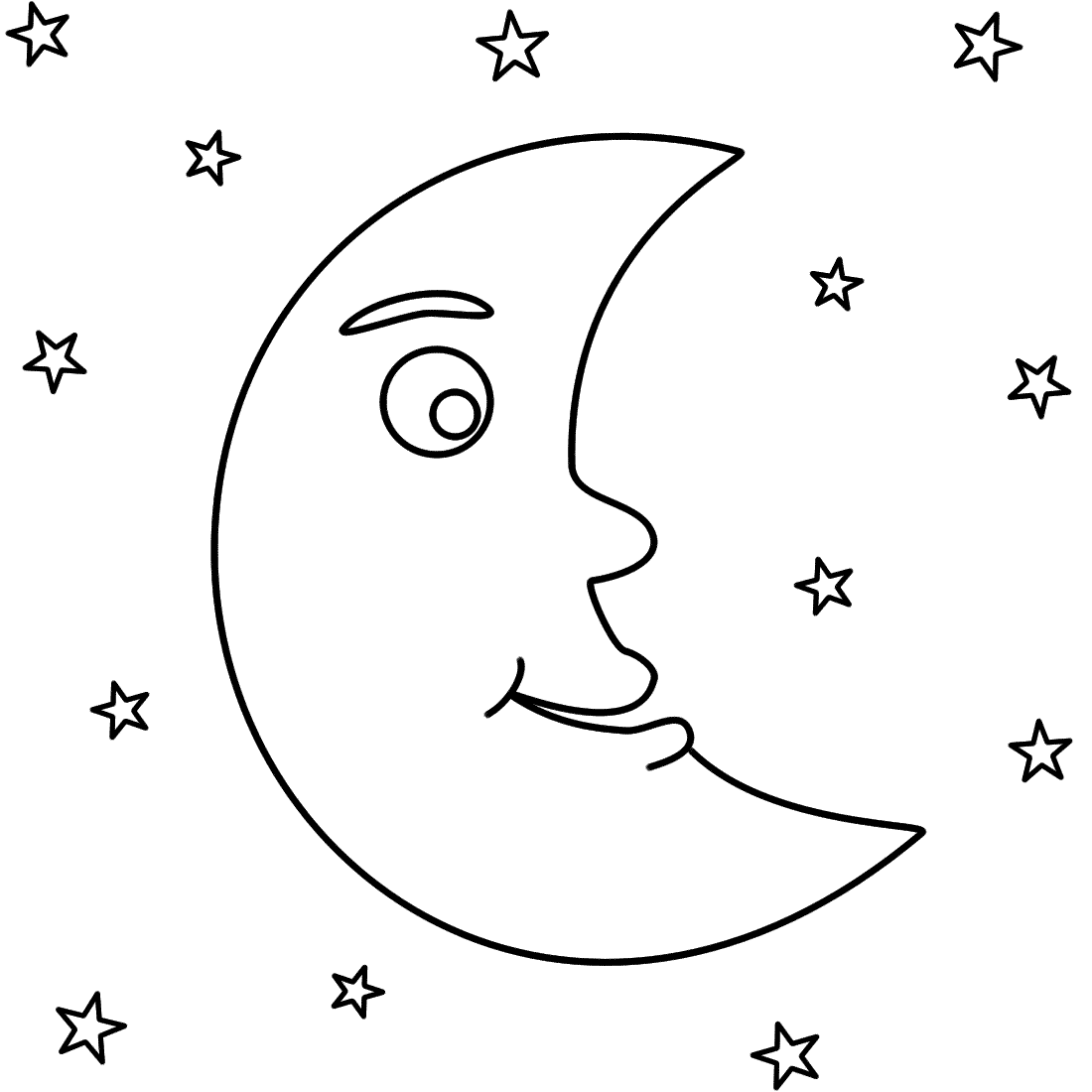
coloring pages moon 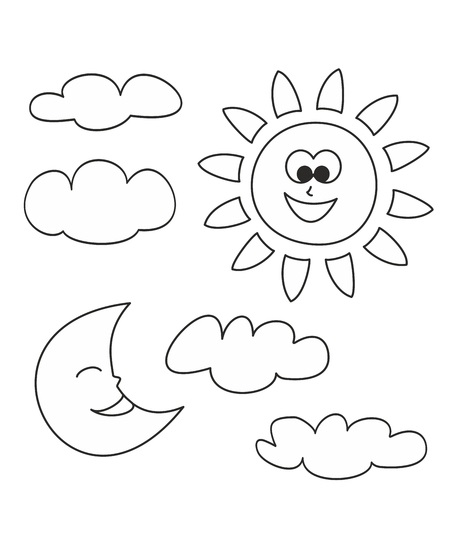
coloring pages sun and moon 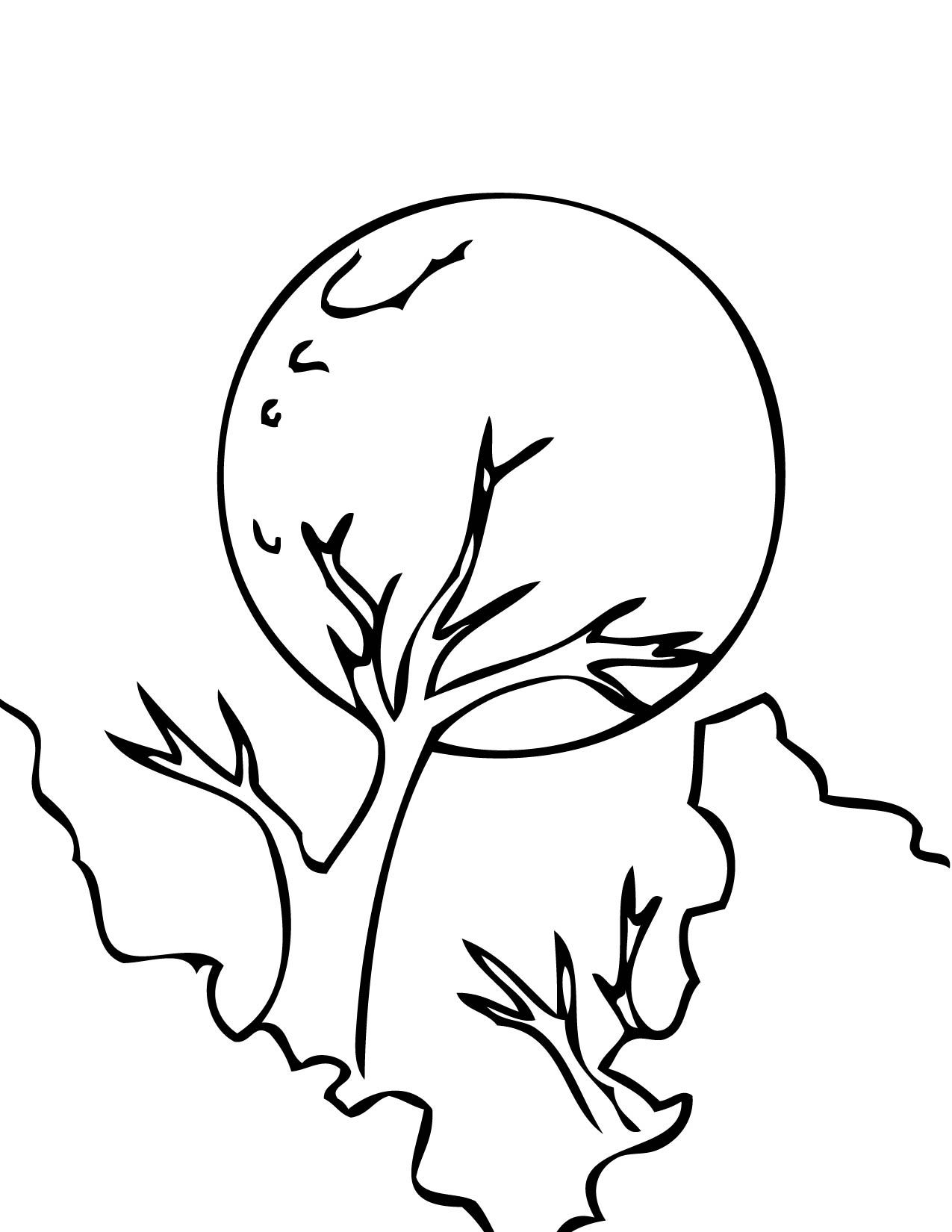
full moon coloring pages 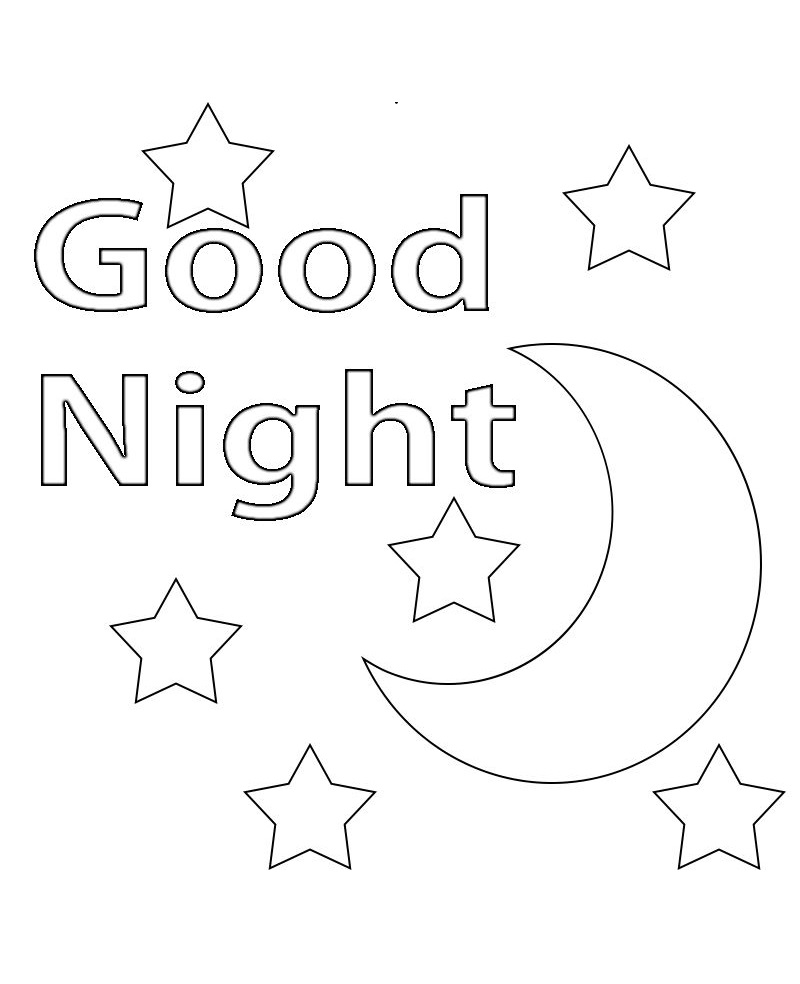
goodnight moon coloring pages 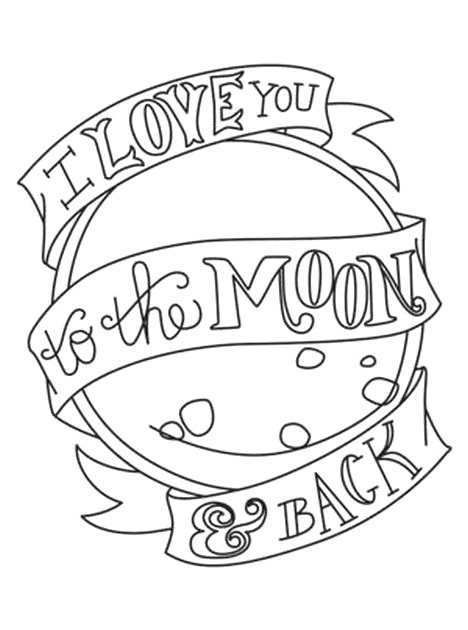
coloring pages i love you to the moon and back i love you to the moon and back coloring pages part 2 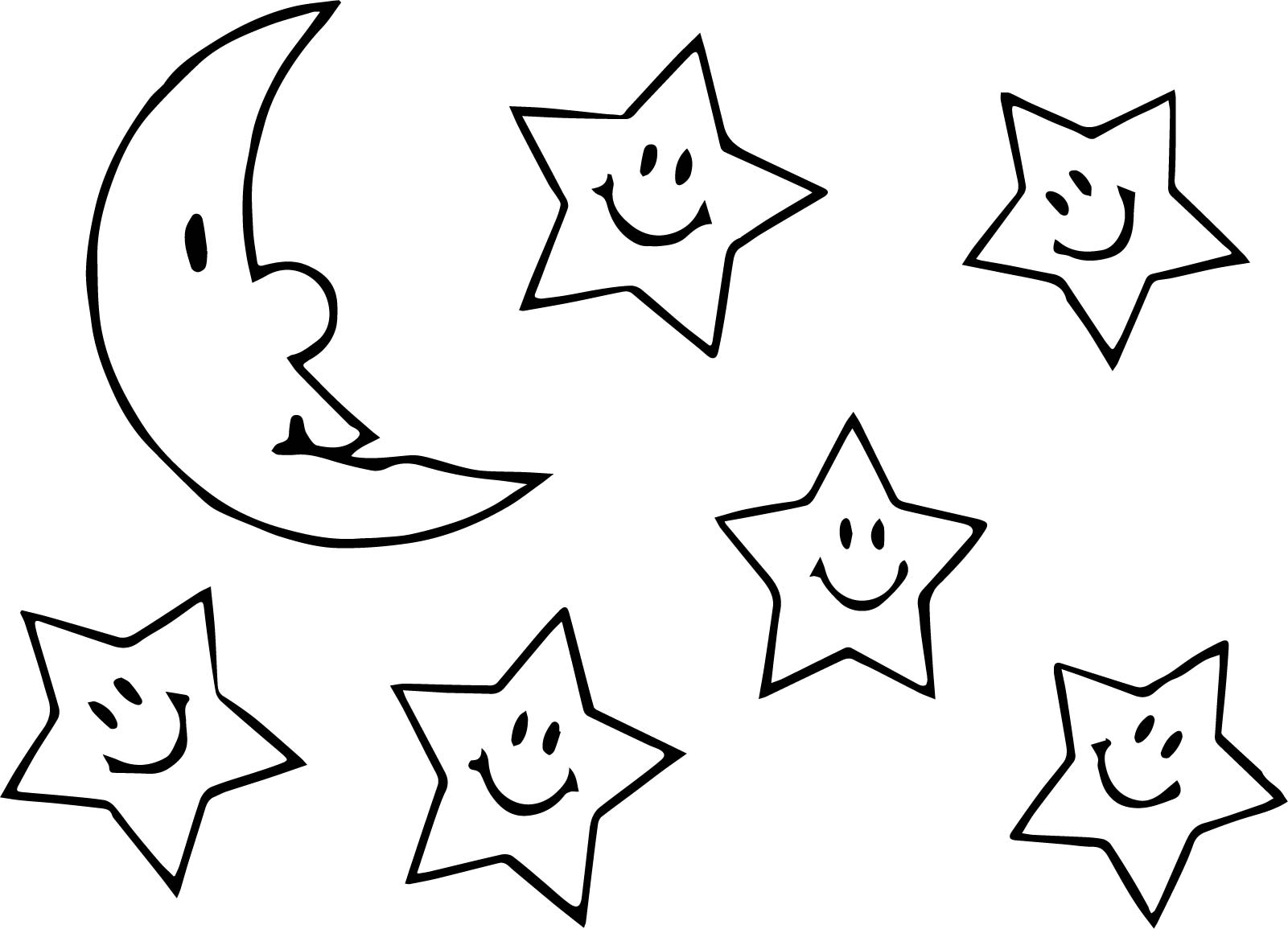
moon and stars coloring pages 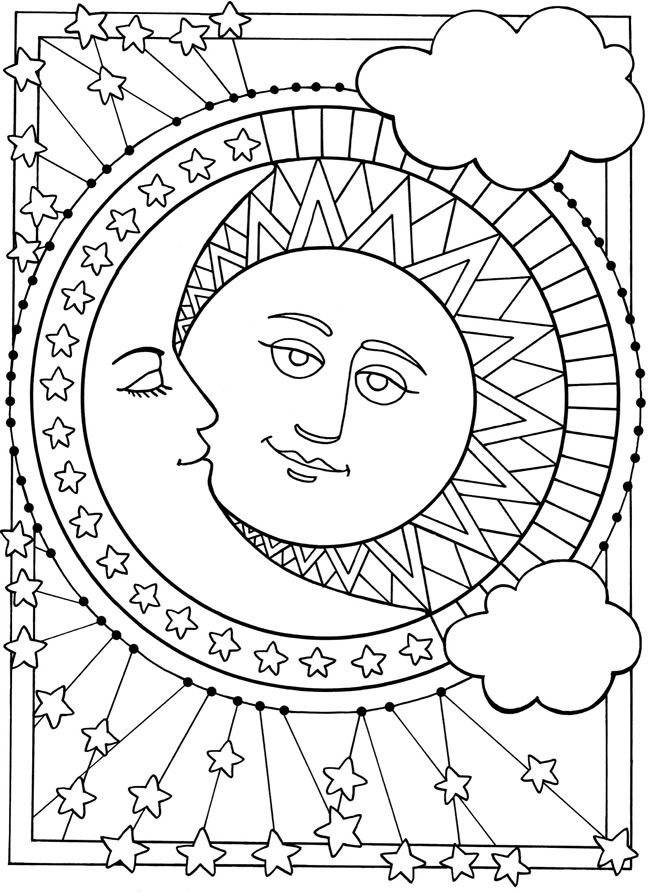
moon and sun coloring pages 
moon coloring pages 
moon phases coloring pages 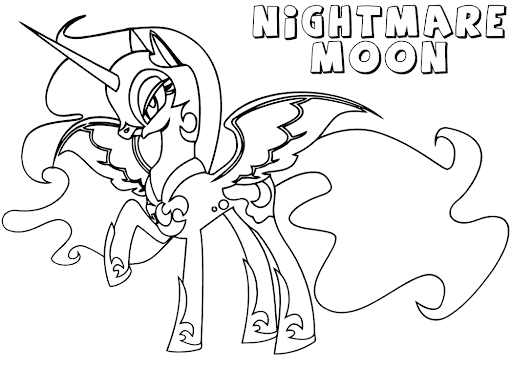
nightmare moon coloring pages 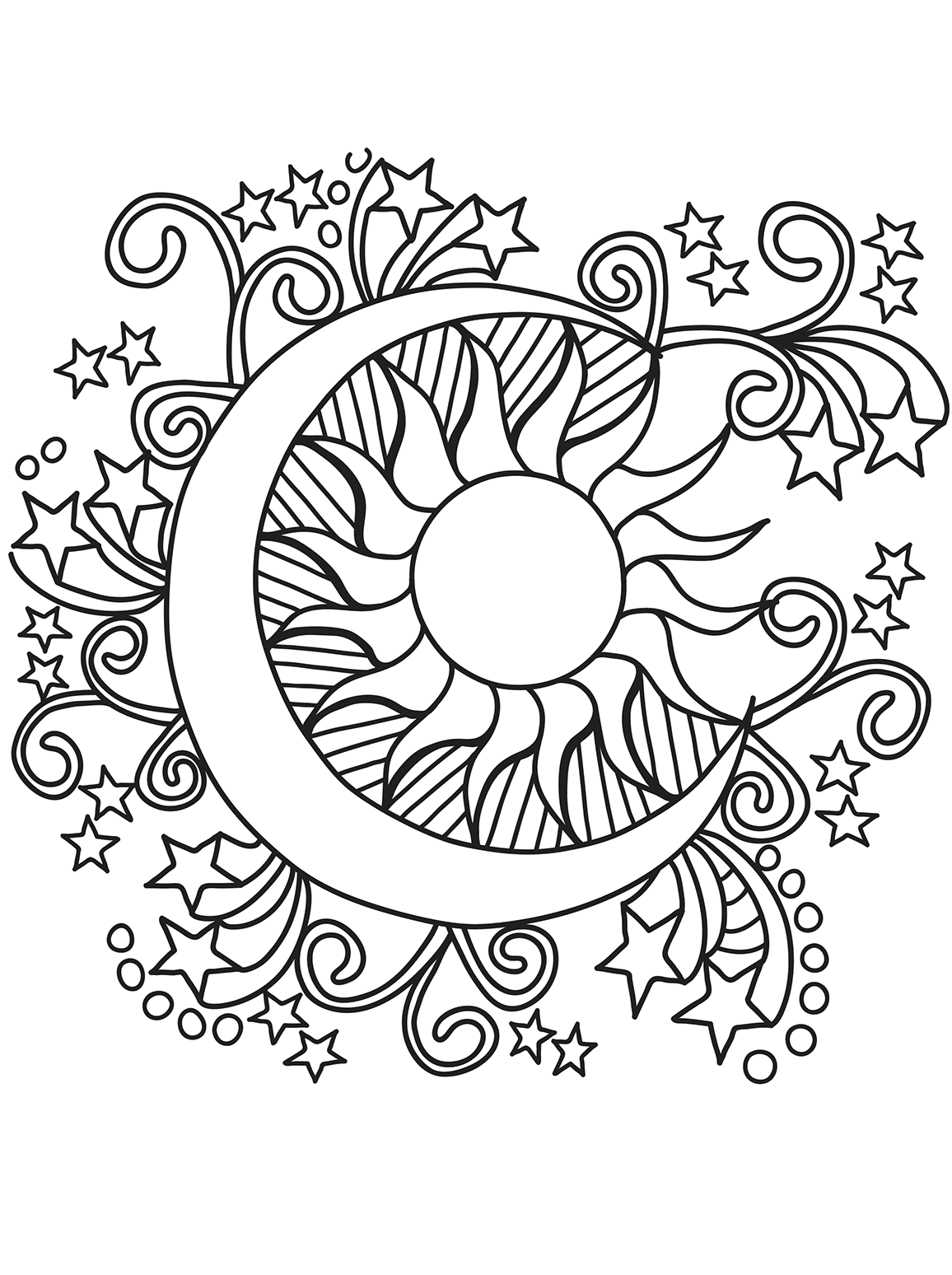
sun and moon coloring pages for adults 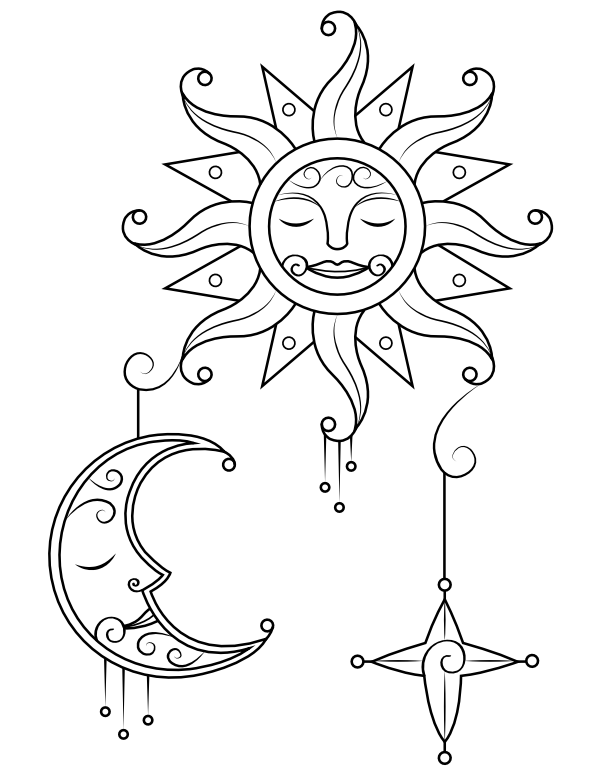
sun and moon coloring pages 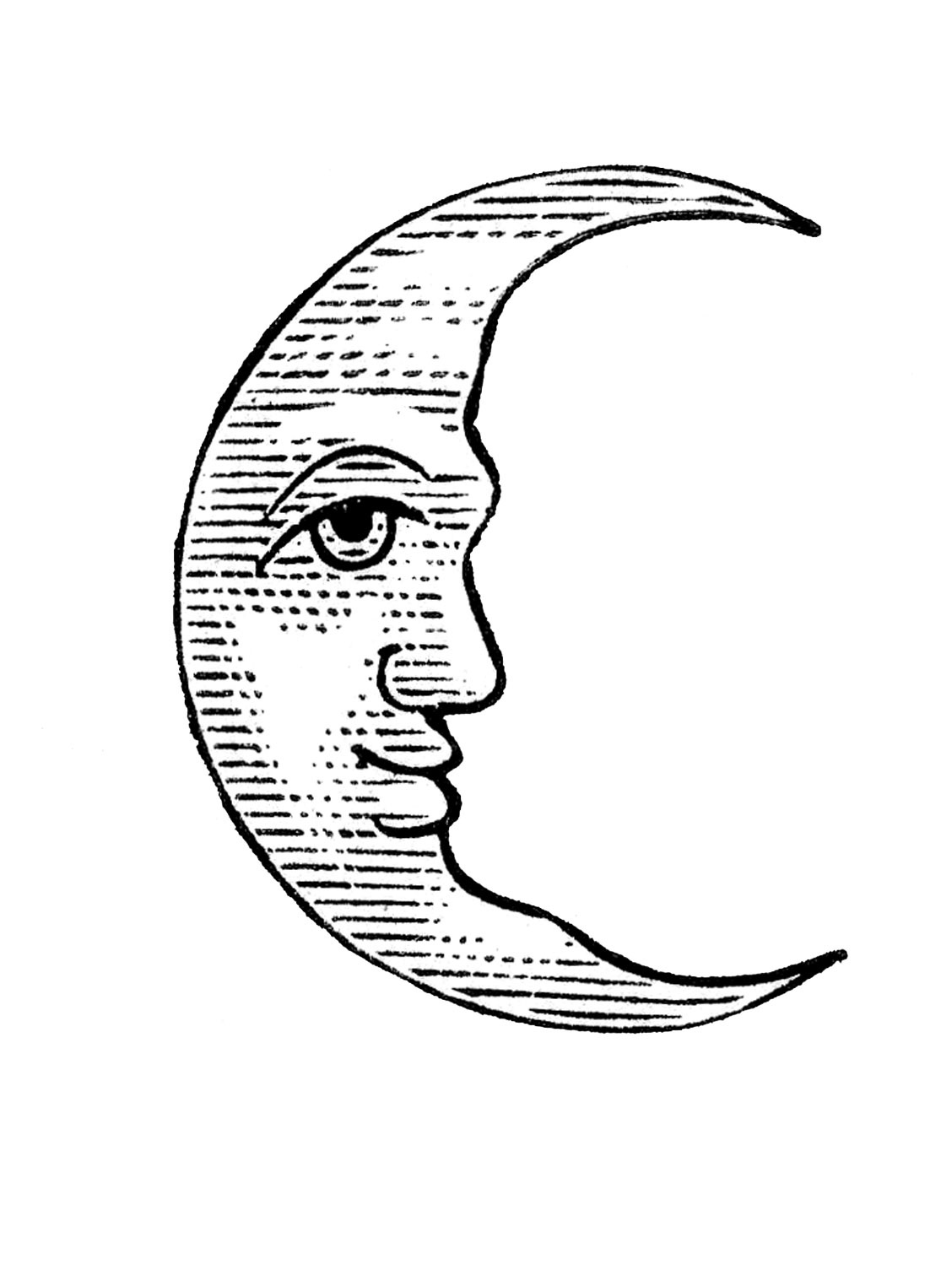
adult coloring pages moon
The Moon is the only natural satellite of the Earth and the only body of the Solar System that we can see in detail with the naked eye, that is, look at the sky and be able to see it easily without glasses or special instruments. If we want to see it in more detail, we only need a telescope.
The Moon reflects sunlight differently depending on where it is located. It rotates around the Earth and on its axis simultaneously: 27 days, 7 hours, and 43 minutes. This means that it always shows us the same face.
It has no air or water, so its surface does not deteriorate over time, only when a meteorite hits it. Some scientists have considered the Moon as a fossilized body.
Regarding man’s visit to the Moon, we know that on July 20, 1969, Neil Armstrong became the first man to reach it as part of the Apollo Eleven mission.
Lunar projects have collected about 400 kilograms of samples that scientists analyze to know what it is made of, how old it is, and its chemical components, among many questions.
Lunar phases are the different aspects under which the Moon appears and depend on the Sun, the Earth, and the Moon.
In a cyclical process determined by the different illumination states, the lunar disk is shown to us. If we observe the Moon on successive days, its apparent shape varies from day to day.
The period of this cycle or lunation is a synodic month, which elapses between two consecutive phases of the Moon. To explain this phenomenon of phases, we assume the Earth at the center of a circumference representing the lunar orbit.
Assuming the Sun to the right, the side of the Moon facing the Sun will be illuminated, and the opposite side will be dark.
Early civilizations already measured time by counting the phases of the Moon. A week is how long each phase lasts, and a month, approximately, the whole cycle.
When it illuminates the entire face we see, it is called a full moon. When we do not see it, it is the new Moon. We only see a piece of the Moon between these two phases, a quarter, waxing or waning.